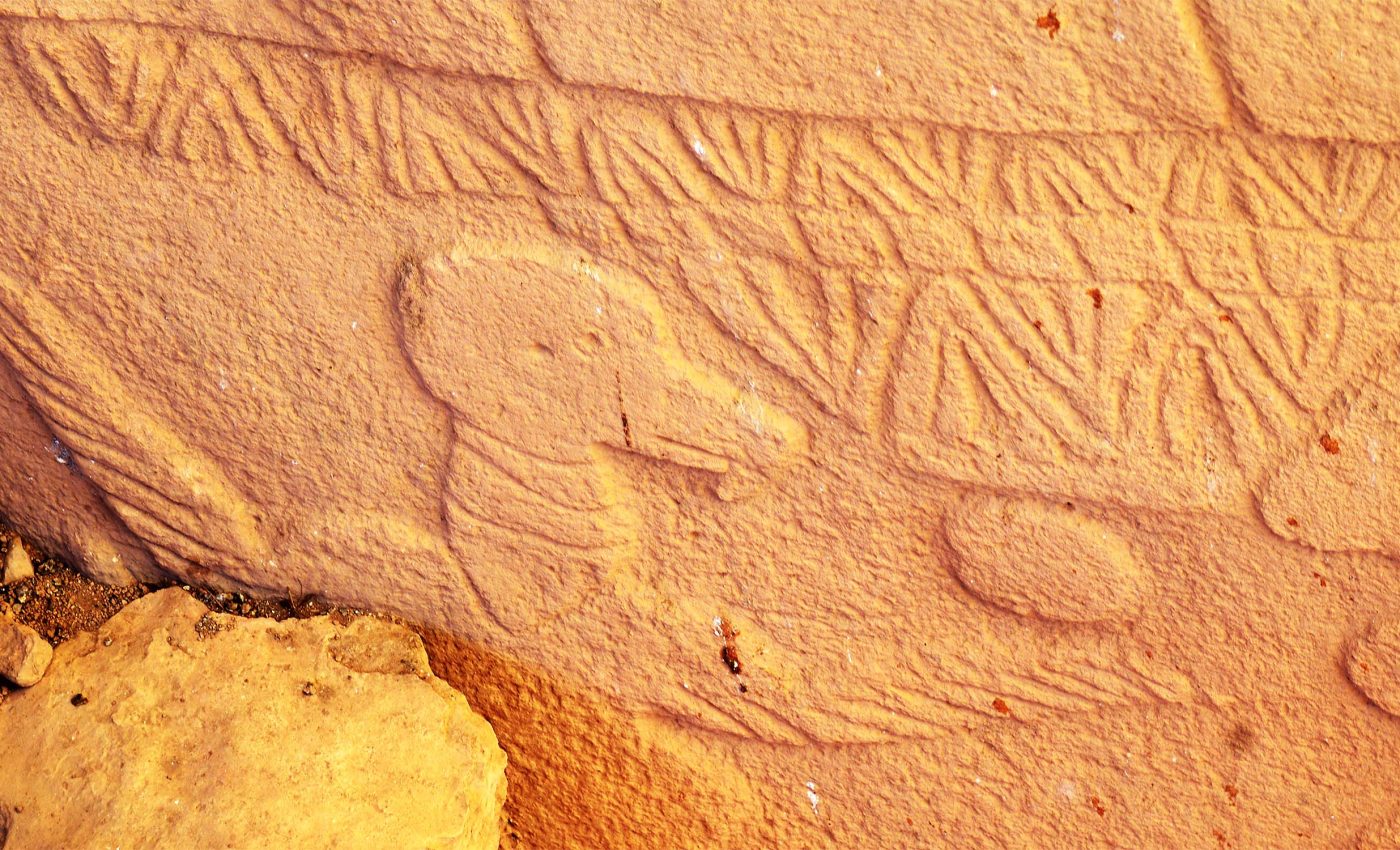
World’s oldest calendar discovery could rewrite history of civilization
Have you ever looked up at the stars, feeling a sense of awe at the celestial mysteries they harbor? Well, turns out, our ancestors were quite keen on observing the skies too. Recently, researchers took an exceptional journey to southern Turkey’s archaeological wonder, Göbekli Tepe to find the world’s oldest solar calendar.
Decoding Göbekli Tepe: World’s oldest calendar
At the core of this riveting investigation is Dr. Martin Sweatman, a reputed researcher from the University of Edinburgh’s School of Engineering.
Imagine his exhilaration when he stumbled upon markings that could potentially be the world’s oldest solar calendar. This was a calendar that came into existence as possibly a memorial to a catastrophic comet strike.
Dr. Martin’s research uncovered a truly fascinating possibility. The ancient inhabitants of Göbekli Tepe had the exceptional ability to track the sun, moon, and constellations.
They painstakingly recorded these in the form of a solar calendar. The objective? Keeping track of time and marking the change of seasons.
The investigative team further analyzed V-shaped symbols carved onto the pillars at the site. Each of these Vs might represent a single day.
Consider this: what if you could count a solar calendar of 365 days on one of the pillars, made up of 12 lunar months plus 11 extra days?
Sun, moon and constellations at Göbekli Tepe
Now, get this: both the moon’s and the sun’s cycles are depicted in these carvings. We’re likely looking at the world’s earliest lunisolar calendar, predating other known calendars of this type by many millennia. Were you expecting that?
The people who carved these symbols might have been recording the date of a massive comet impact that struck Earth nearly 13,000 years ago.
This comet strike is suggested to have triggered a mini ice age lasting over 1,200 years. It decimated many species of large animals and possibly instigated significant changes in lifestyle and agriculture.
Oldest calendar to new age
Here’s where it gets intriguing. This comet strike could be closely tied to the birth of civilization in the fertile crescent of West Asia. Post-apocalyptic ice age aside, that’s quite the silver lining!
Another pillar at the site seems to depict the Taurid meteor stream – the speculated source of the comet fragments. This meteor stream lasted for 27 days, emanating from the directions of Aquarius and Pisces.
These findings further suggest that ancient people were using precession, the wobble in Earth’s axis affecting the movement of constellations across the sky, to record dates.
And they were doing this at least 10,000 years before the phenomenon was documented by Hipparchus of Ancient Greece in 150 BC.
Implications for understanding early civilizations
The implications of Dr. Sweatman’s findings extend far beyond mere historical curiosity; they invite us to re-evaluate our understanding of early human societies and their relationship with the cosmos.
The ability to track celestial events indicates a remarkable level of intellectual and observational sophistication among the inhabitants of Göbekli Tepe.
This knowledge not only facilitated agricultural planning and survival but also likely fostered community cohesion around shared practices and beliefs tied to the celestial phenomena they observed.
Moreover, the discovery of what may be the world’s oldest solar calendar challenges the long-standing view that complex timekeeping systems arose only after the advent of written language.
It points to the possibility that such systems were already in place, underpinning social organization and cultural development even in prehistoric times.
As scholars continue to unravel these ancient mysteries, we gain invaluable insights into the roots of human civilization, showing that our ancestors were not merely passive observers of nature but active participants in its cycles and events.
Significance of Göbekli Tepe carvings
These carvings were significant to the people of Göbekli Tepe for thousands of years. It’s plausible that the impact event triggered a new cult or religion that influenced the development of civilization.
“It appears the inhabitants of Göbekli Tepe were keen observers of the sky, which is to be expected given their world had been devastated by a comet strike,” stated Dr. Martin Sweatman.
“This event might have triggered civilization by initiating a new religion and by motivating developments in agriculture to cope with the cold climate. Possibly, their attempts to record what they saw are the first steps towards the development of writing millennia later.”
From deciphering ancient carvings to unraveling the mysteries of a comet strike, our journey through Göbekli Tepe has been nothing short of extraordinary.
But, it also raises more questions. How will these new realizations shape our understanding of human history?
Is our journey across the sands of time truly at an end, or are we on the cusp of even more significant discoveries? Only time – the very essence our ancestors endeavored to capture – will tell.
The study is published in the journal Time and Mind.
—–
Like what you read? Subscribe to our newsletter for engaging articles, exclusive content, and the latest updates.
Check us out on EarthSnap, a free app brought to you by Eric Ralls and Earth.com.
—–













